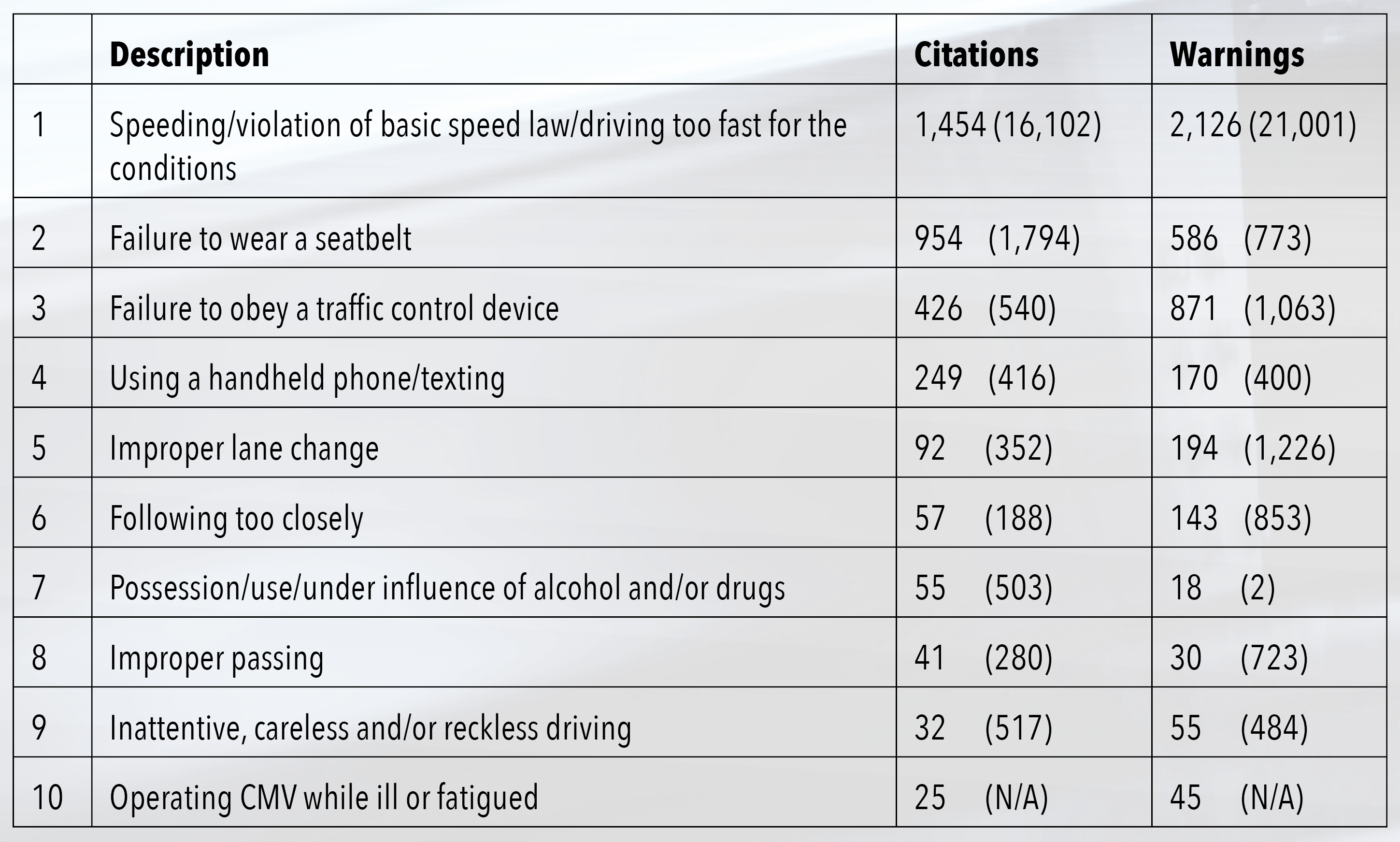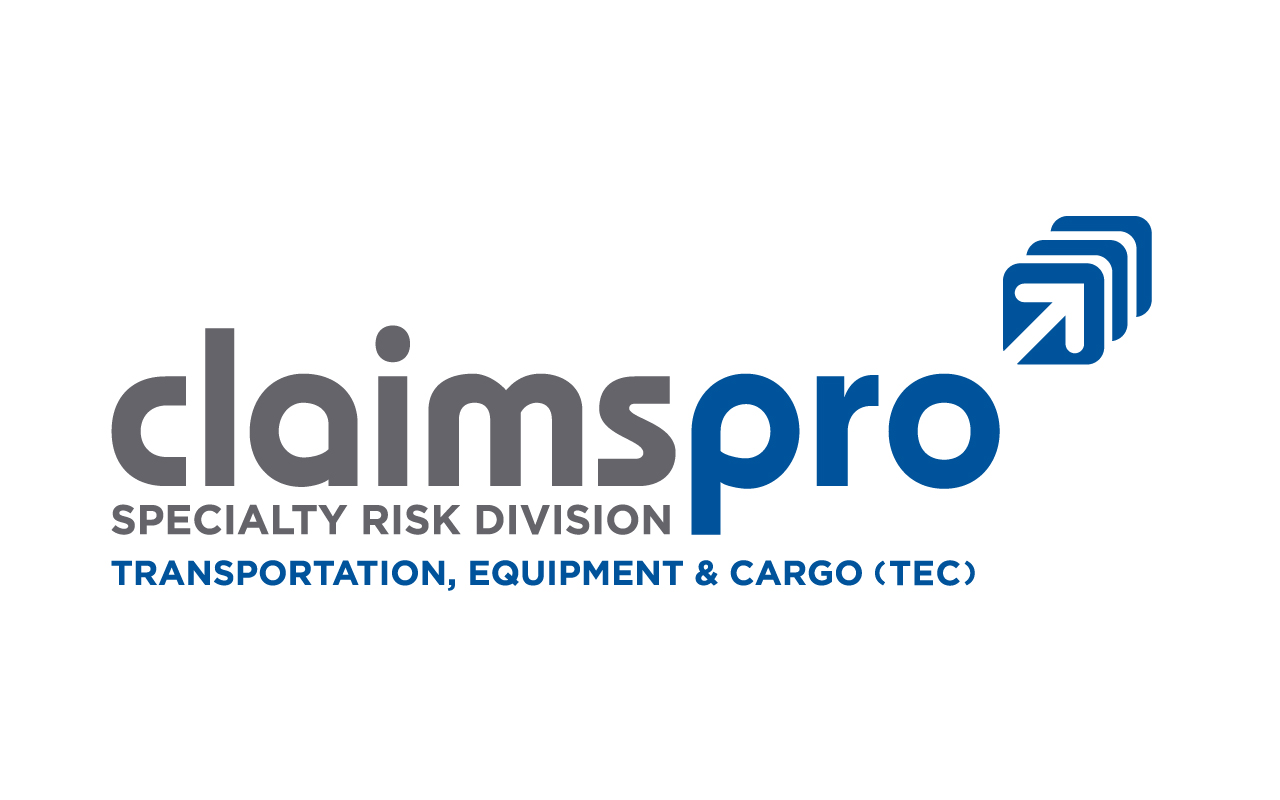2019 Operation Safe Driver Week Results
Legislation for the FMCSA Drug and Alcohol Clearinghouse comes into effect on January 6th, 2020. If you haven’t had a look at this new legislation, you can check it out at https://clearinghouse.fmcsa.dot.gov/.
Every year the Commercial Vehicle Safety Alliance (CVSA) sponsors a weeklong enforcement campaign in Canada and the United States, focusing on unsafe driving behaviours. The aim is to deter negative driver behaviours and reduce the number of crashes involving large trucks and passenger vehicles.
This year, Operation Safe Driver Week occurred from July 14th to July 20th and the results are now available.
The top 10 driver-behavior citations and warnings given to CMV drivers were as follows (bracketed numbers are for passenger vehicle drivers):
CMV DRIVERS (PASSENGER VEHICLE DRIVERS)

The trucking industry, in general, has worked closely with government agencies to reduce the number of truck-related crashes. Until recently these efforts have not been in vain. However, for the last 5 years or so, the number of truck-related crashes has been climbing and it has become more challenging to develop and formalize meaningful safety initiatives. As the results of the 2019 enforcement campaign would suggest, we still have a ways to go.
Commercial drivers differ greatly in their levels of crash risk. Typically, a relatively small percentage of drivers (10-15%) account for a disproportionate percentage of total fleet
risk (30-50%).
We all share the responsibility to prevent inappropriate behaviour, to detect it when it occurs and to manage it appropriately. Enforcement alone has little chance of solving
this problem.
For drivers, this means developing a strong commitment to exercise self-control behind the wheel and focus on their mission to arrive safely. As the slogan for the 2019 enforcement campaign correctly points out, “Being late won’t kill you – speeding will”!
For carriers, this means developing meaningful internal systems to support the desired behaviour. Relying too heavily on technologies and telematics risks shifting the focus from the overall strategy of operating a safe fleet to the metrics that were meant to represent it. That sort of shift removes the focus on the overall safe driving strategy and places it squarely on gamifying the numbers to stay off the radar screen.
It is important for both to remember that current and future regulatory requirements, coupled with insurance industry scrutiny, are aimed at removing the hiding spots.
Rick Geller, CRM
Director of Safety and Risk Management Services
ClaimsPro
Telephone: 204-985-1777
Email: Richard.Geller@scm.ca


